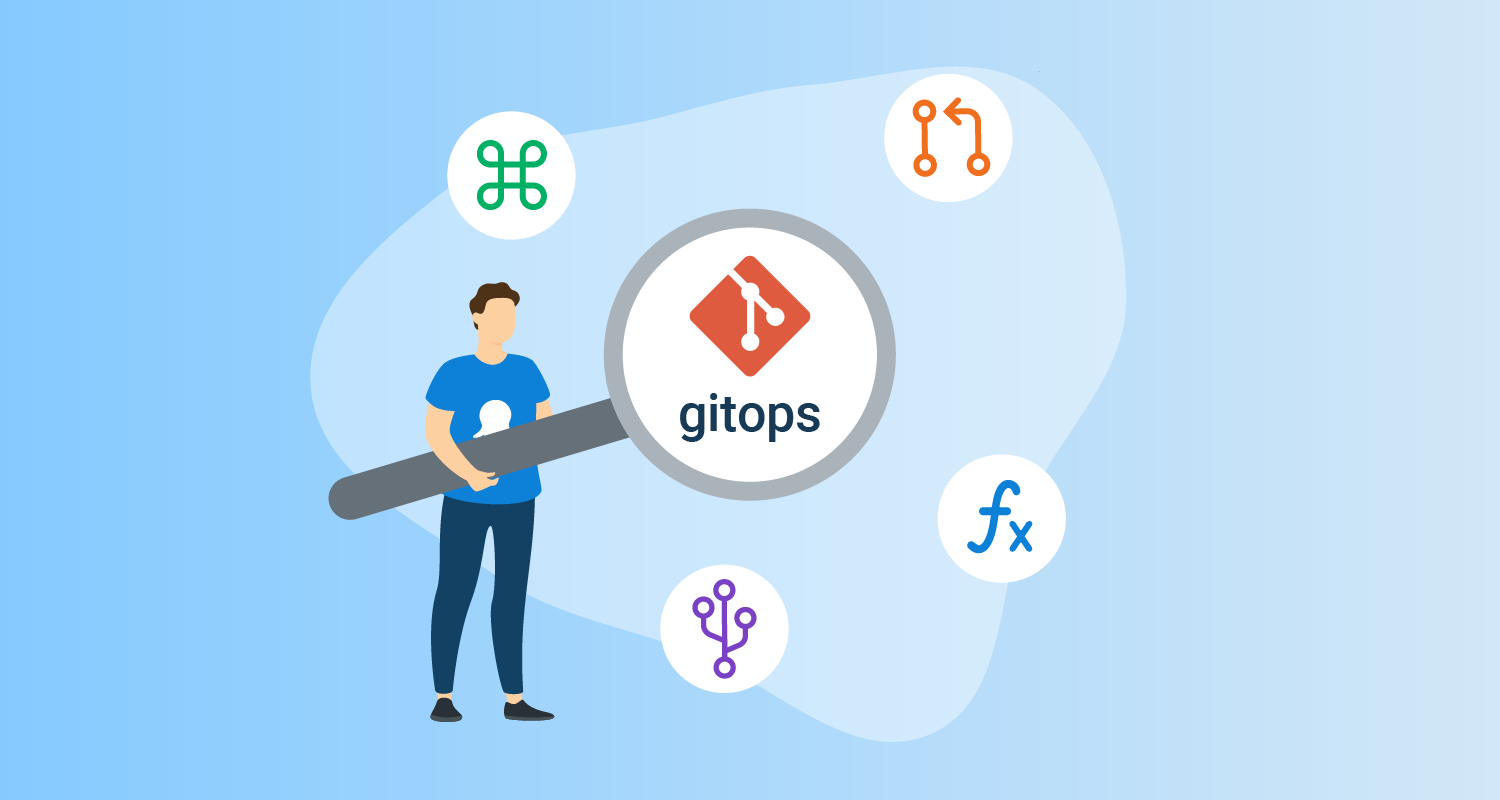This page contains interactive versions of some diagrams from the 2025 State of GitOps report, the most comprehensive study on GitOps adoption and effectiveness to date.
The research found 6 specific practices that drive successful GitOps outcomes. These practices work together, so you need all of them to get the full benefits, though you don’t have to implement them all at once.
- Declarative desired state
- Human readable format
- Responsive code review
- Version control
- Automatic pull
- Continuous reconciliation
Learn more about the 6 GitOps practices.
How to use the diagrams
We use interactive strength-relationship diagrams on this page, like the one below. When a line is present, it indicates the research found a positive relationship between the practice and the outcome. The stronger the relationship, the thicker the line. You can click on the boxes to filter the view or click on the diagram outside of the boxes to clear the filter.
GitOps practices and key benefits
Our first interactive diagram maps the GitOps practices to 5 key benefits.
- Increased security: Making your production applications and infrastructure more secure.
- Drift prevention: Reducing or eliminating configuration drift.
- Auditability: Making it easier to track changes.
- Compliance: Easing the compliance burden for teams.
- Reduced access: Reducing the distribution and frequency of accessing production environments.
You can select a practice to see the benefits or a benefit to see which practices have the most significant impact on that outcome. For example, if you choose increased security, you’ll see the influence of the practices for responsive code review, version control, and automatic pull.
GitOps practices and DevOps
The interactive GitOps and DevOps diagram maps the GitOps practices to 3 DevOps outcomes.
- Software delivery performance: Assessed by DORA’s 4 key metrics.
- Reliability: Assessed by 4 questions on reliability targets, slowdowns, and user satisfaction.
- Wellbeing: Assessed by 8 questions on work sentiment, attitudes to work, and burnout.
Ready to Assess Your GitOps Maturity?
As you can see, GitOps is a collection of mutually supportive practices. When you remove one of the practices, it leaves gaps in the effectiveness of the others. In addition to the practices recommended by GitOps expert practitioners, we discovered the importance of responsive code reviews for GitOps changes. This is the minimal definition of successful GitOps as we see it today.
Use our GitOps self-assessment to see where you stand and get specific recommendations for improvement. The assessment is designed to help you identify which practices from these diagrams will significantly impact your team’s performance.
You can also dive deeper into the research methodology and findings in our comprehensive State of GitOps report, which analyzes the data behind these visualizations.
Help us continuously improve
Please let us know if you have any feedback about this page.

